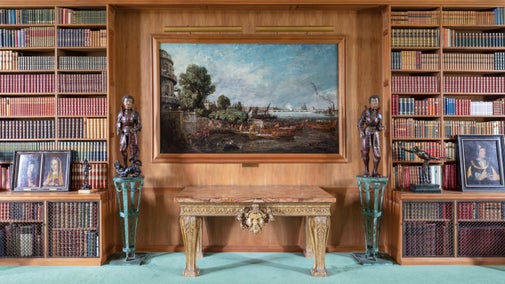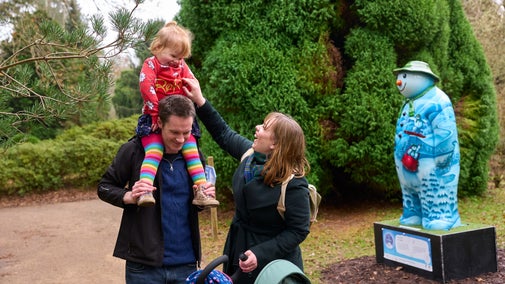
Discover more at Anglesey Abbey and Lode Mill
Find out when Anglesey Abbey and Lode Mill are open, how to get here, the things to see and more.

Come and take a look around the ground floor of Lode Mill and find out more about the historic watermill, and the journey from grain to plate.
In 1926, Anglesey Abbey was bought by Huttleston Broughton, later Lord Fairhaven. In 1934, he acquired the mill and began restoring it to its original corn-milling condition. The project was completed by 1936, after the removal of the mining and cement-making equipment.
In 1978, the Cambridgeshire Wind and Watermill Society restored the mill to full working order, and by 1982 it was once again milling corn.
For the past couple of years, we have been working with millwrights to carry out extensive restoration work on Lode Mill. Although we have come very close to getting the Mill up and running again, it has come to light that further work is still required.
We have therefore taken the difficult decision to pause investing further time and money in getting the watermill working again, especially given the tough financial climate that we are in post-pandemic. Running historic buildings such as Lode Mill and the amount of conservation work needed to keep them in good, safe condition is extremely costly.
At a time where projects requiring large financial investments and staff resource need to be prioritised, we will only be reviewing the Lode Mill project again in 2028. However, the ground floor of Lode Mill will remain open to visitors and essential maintenance and repair work to the Mill will also continue to ensure that it remains safe in the meantime.
We would also like to take this opportunity to say a huge thank you to the Anglesey Abbey Mill volunteers who have supported the ongoing restoration works over several years now and have enthusiastically shared their knowledge and history of the Mill with visitors.

While the mill that exists today is likely to have been built in the 18th century, it's reckoned that a watermill stood on the site of Lode Mill at the time of the Domesday survey in 1086.
In 1793, the mill was described in a sale notice as 'Anglesea water mill with dwelling house, yard, garden, barn, stables and outhouse, and three acres of pasture adjoining'. Old photographs show the house next to the mill – this was taken down during the renovation of the 1930s.
Around 1900, the mill was converted to enable cement grinding rather than corn grinding. An engine may have been installed at this time, as inside the mill today there are shafts, gears and a chain drive, all of which are unusual in a watermill.
At that time, the mill was owned by the Bottisham Lode Cement and Brick Company. Unfortunately, the company was a victim of competition, and the business had closed down by 1920, leaving the mill derelict.
Bottisham Lode is the stretch of water below the mill, one of a number of lodes that were used as a transport link to the River Cam. The water above the mill is called Quy Water.

Find out when Anglesey Abbey and Lode Mill are open, how to get here, the things to see and more.
Discover the many layers that Anglesey Abbey has to offer. A Jacobean priory, once home to Lord Fairhaven.

Find out more about Anglesey Abbey’s glorious gardens, from the seasonal highlights to the history and design behind them.

Discover the many layers that Anglesey Abbey and Mill has to offer and explore the long and fascinating history that stretches from 12th-century priory to 20th-century home.

Every day important conservation work takes place throughout Anglesey Abbey, in the house, gardens and Lode Mill. Take a look at what this involves and why we need your support to look after this special place.

Discover what it takes to volunteer at Anglesey Abbey and the opportunities currently available.

Plan your next family adventure at Anglesey Abbey.

Find out how you can see Constable's largest ever canvas, alongside his other works, on display at Anglesey Abbey – and in a special online exhibition.
